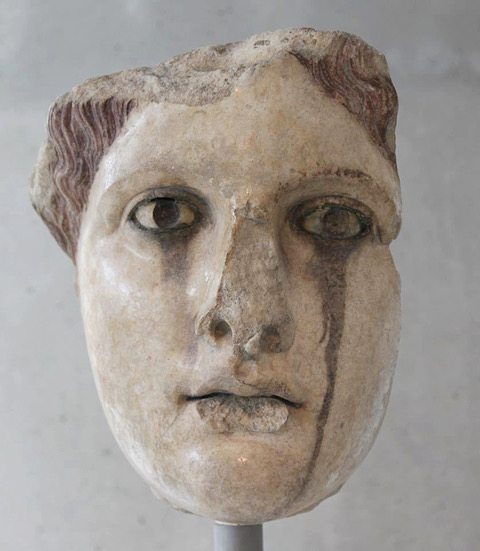Colour Experiments. The Harpy Monument: a Section of the West Side
DOI:
https://doi.org/10.5617/clara.v5i0.7981Abstract
Reconstructions of ancient polychromy on statuary are often the result of meticulous scientific research: pigments and barely visible remnants of decoration are identified. A pigment, however, does not provide evidence of the character of the paint layer, i.e. whether it was opaque or translucent, matte or glossy. As no intact, original paint layers remain, there are many uncertainties regarding paints and painting techniques. What can be seen on marble are faint traces of paint. In the present paper I will draw on my study of the so-called Harpy monument: the questions posed, the methods applied, the series of tests that were conducted and my suggestion of a possible polychromy. My starting point was the idea that monuments send messages to the viewer: the size of the object and the materials with which it was made indicate the commissioner’s social and economic status. Figures and myths illustrate the cultural context, and they reflect values cherished by the commissioner. Colours and shades also transmit messages. The reconstructive part of the project was limited to one of the west side segments, a relief showing a woman enthroned, but in order to understand the monument as a whole its four sides were considered more broadly, taking into account its Anatolian context.



